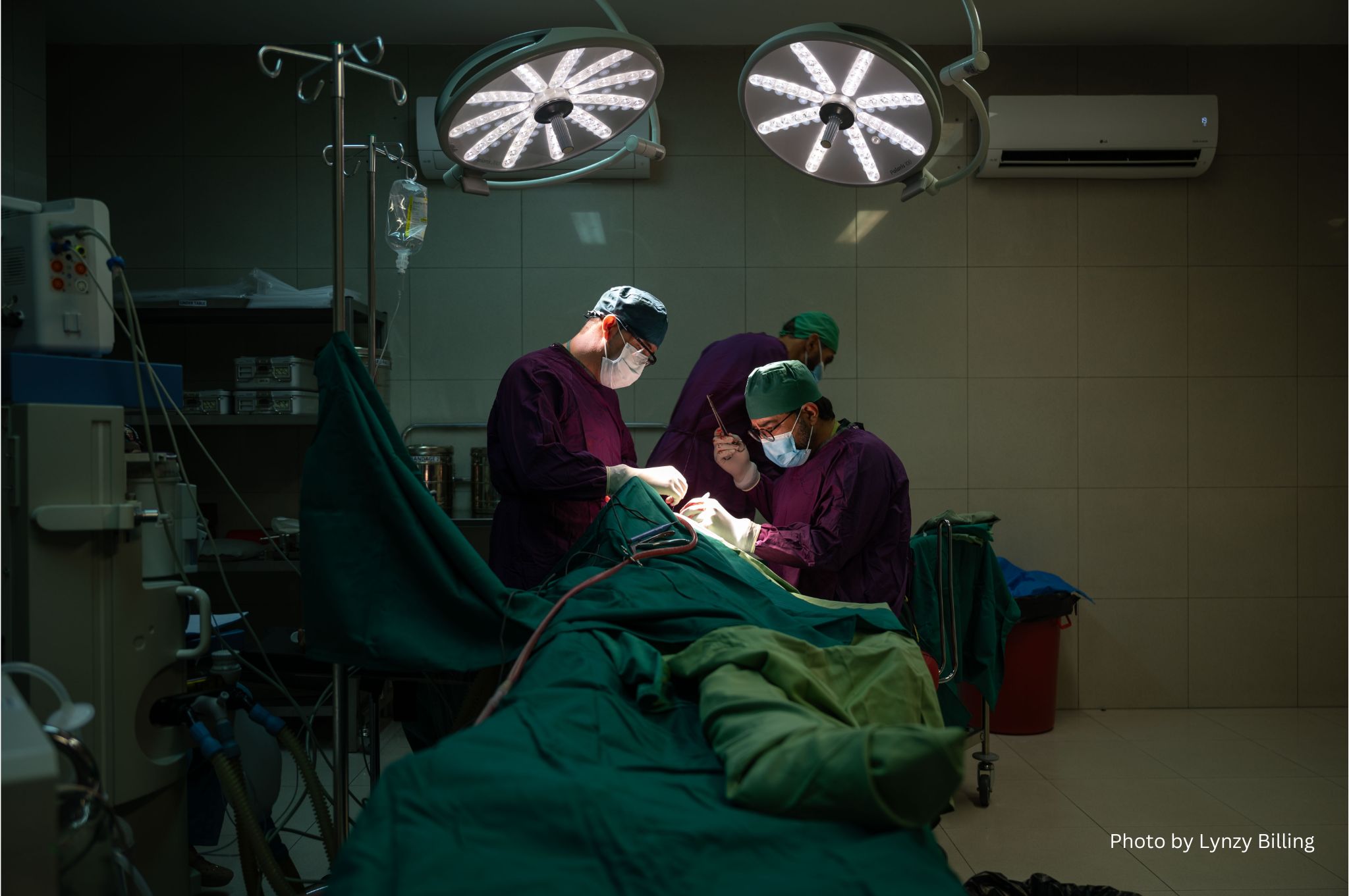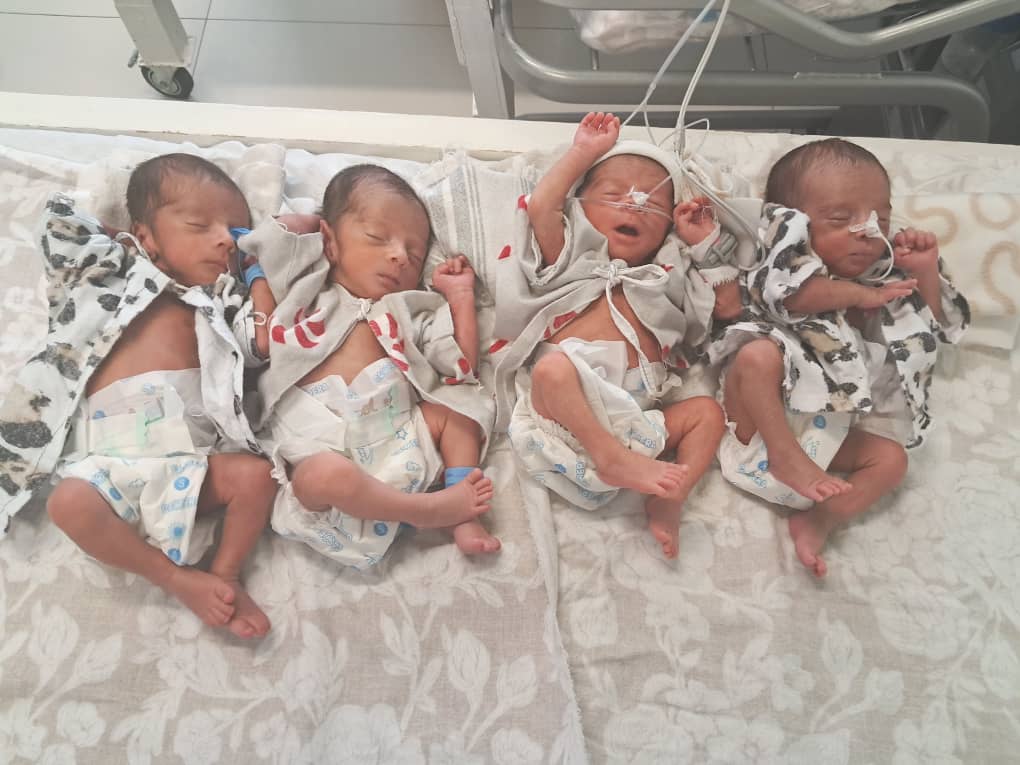
Every Two Hours A Woman In Afghanistan Dies Due To Pregnancy Related Causes
 For every 100,000 live births in Afghanistan, about 400 mothers will die1. Though this maternal mortality ratio is a fraction of its earlier levels, it is still one of the highest in the world.
For every 100,000 live births in Afghanistan, about 400 mothers will die1. Though this maternal mortality ratio is a fraction of its earlier levels, it is still one of the highest in the world.
But here’s the thing: most of these deaths are preventable. One of the major reasons they continue to happen is because women don’t have access to specialised maternal healthcare.
That’s why we run our Maternity Centre in Anabah, Afghanistan. It’s the only free of charge hospital in the region, and it provides antenatal, gynaecological, obstetric, and neonatal care to the population of the Panjshir Valley and the surrounding provinces.
The Maternity Centre, opened in 2003, consists of two consultation rooms, one operating theatre for obstetrical and gynaecological surgery, a 10-bed neonatal intensive care unit, a 5-bed sub-intensive care unit, a 38-bed ward, a nursery, an ultrasound room and a 3-bed delivery room.
Women from across Afghanistan come to our Maternity Centre; only 23% of patients admitted are from Panjshir. Moreover the Centre has one of the few free of charge and well-equipped neonatal intensive care units (NICU) in the country. As a result, the Maternity Centre has also become a referral point for the treatment of babies in need of intensive care.
We have also created an antenatal care programme for women living in remote areas. Through a network of First Aid Posts (FAPs) and Primary Health Clinics (PHCs) spread over the Panjshir Valley and the surrounding provinces, international and national midwives monitor pregnancies of local women, and refer those who are in need of further check-ups to the Maternity Centre. These patients are transported in EMERGENCY’s ambulances which operate around the clock. This network guarantees prompt, high-quality medical assistance to pregnant women and their babies living in remote areas. 5,879 consultations were performed in the FAPs and PHCs, and 592 of these women were referred to our Maternity Centre in 2015.
From January to November 2015, 28,870 women visited our Maternity Centre; 5,874 women were admitted and 4,756 deliveries took place at the Centre.
Throughout the year, the percentage of mothers who died during birth remained very low at 0.2%. This was significantly lower than the national average2, which was 1.2%. Similarly, the infant mortality rate at the Maternity Centre (2.0%) was three and a half times less than the average3 across Afghanistan.
 The large number of deliveries, as well as the constantly increasing number of new-born admissions (an average of 170 per month), underlines the paramount importance of these services and the increasing need of the local population. On the other hand, the low mortality rate at the Maternity Centre demonstrates that access to high quality health services can substantially increase the possibilities of survival of both mothers and their babies.
The large number of deliveries, as well as the constantly increasing number of new-born admissions (an average of 170 per month), underlines the paramount importance of these services and the increasing need of the local population. On the other hand, the low mortality rate at the Maternity Centre demonstrates that access to high quality health services can substantially increase the possibilities of survival of both mothers and their babies.
The 62 national staff employed and trained at the Maternity Centre are exclusively women: 27 nurses, 21 midwives, 2 junior gynaecologists and 12 non-medical staff. National staff are supervised by international staff who provide them with theoretical and practical training. In all EMERGENCY facilities the provision of on-the-job training is essential to allow staff to improve their skills. The Maternity Centre provides training in midwifery and nursing, and has been recognised as a national training centre for specialisation in gynaecology by the Afghan Ministry of Health.
This is a significant achievement in Afghanistan: over the years we have won the trust of local women, and men, who are more and more convinced everyday of the importance of specialised maternal healthcare.
We’ve made a great start, but there is still more we can do. The number of deliveries and admissions keeps rising, and we want to expand to meet that demand. That’s why we’ve been extending our Maternity Centre. Construction work is due to finish in late 2016, and by the end of it we aim to be handling up to 7,000 deliveries a year.
Will you help us?
If you want to find out how you can get involved in supporting the expansion of the Maternity Centre, click here, or if you’d like to make a donation, click here
[1]World Bank, WHO and UNICEF data
[2]UNDP Human Development Report Data, 2015.
[3]7.2%




